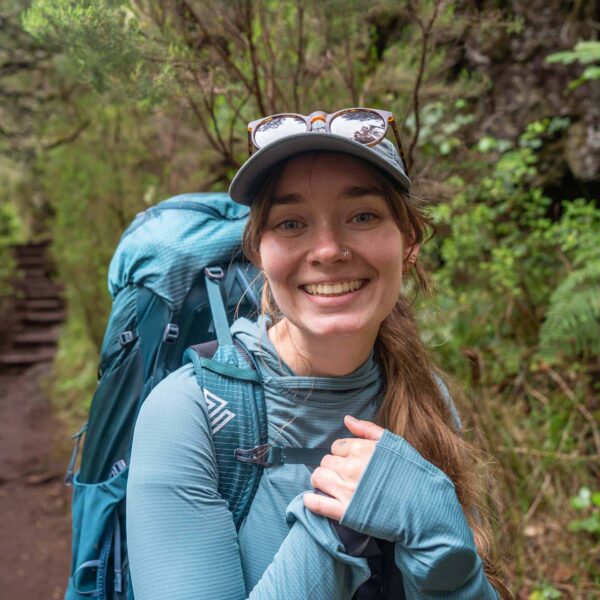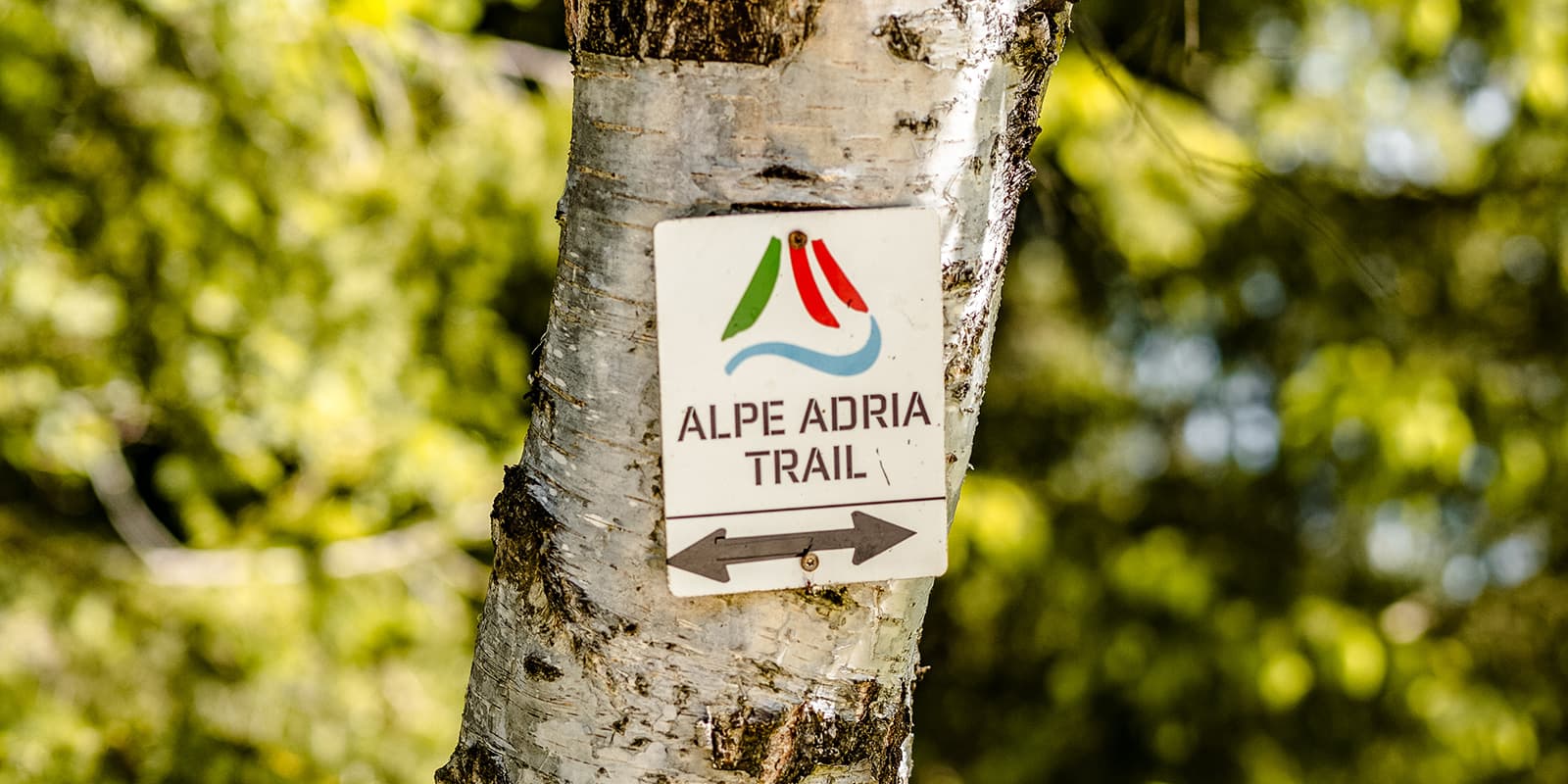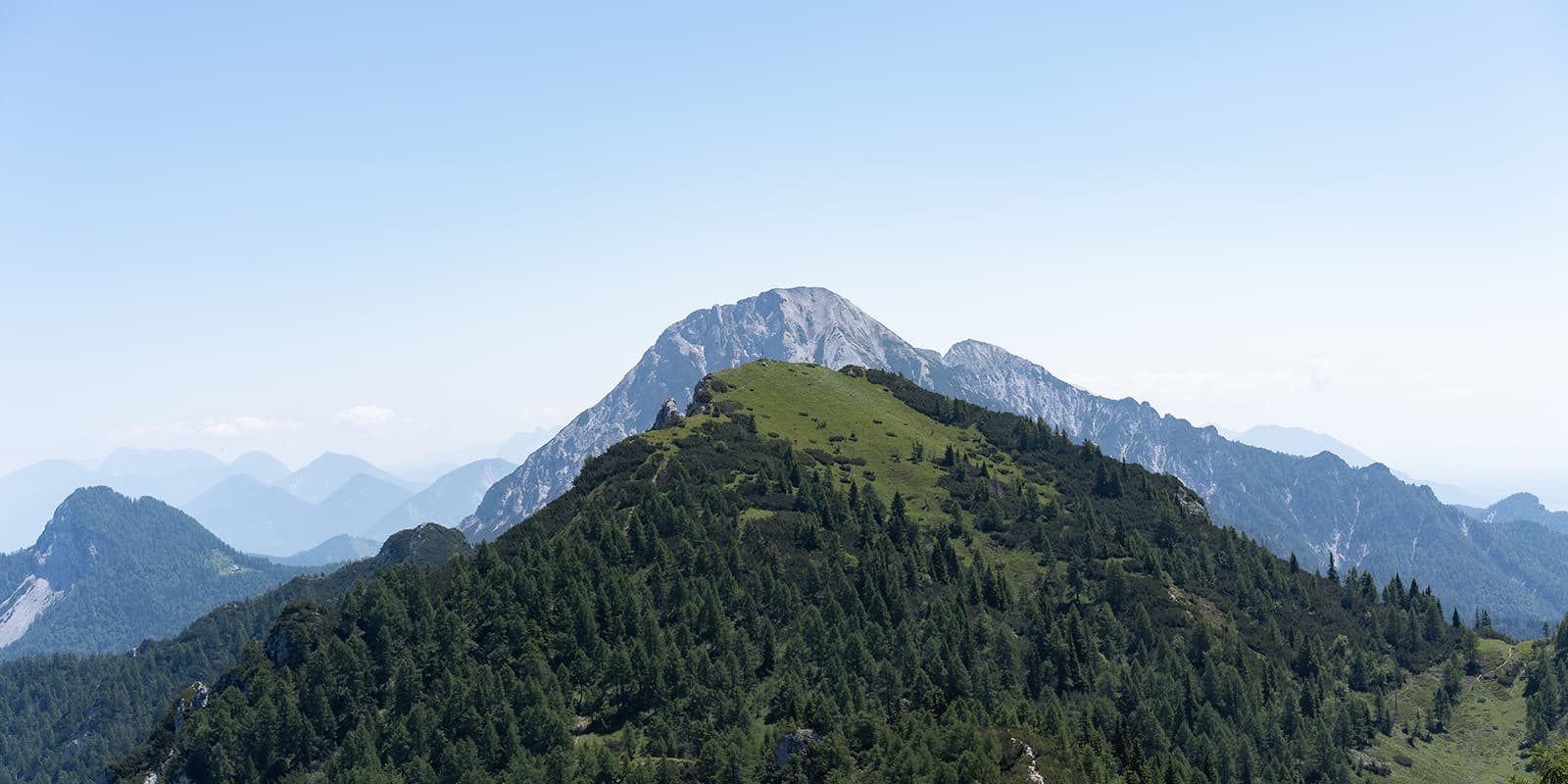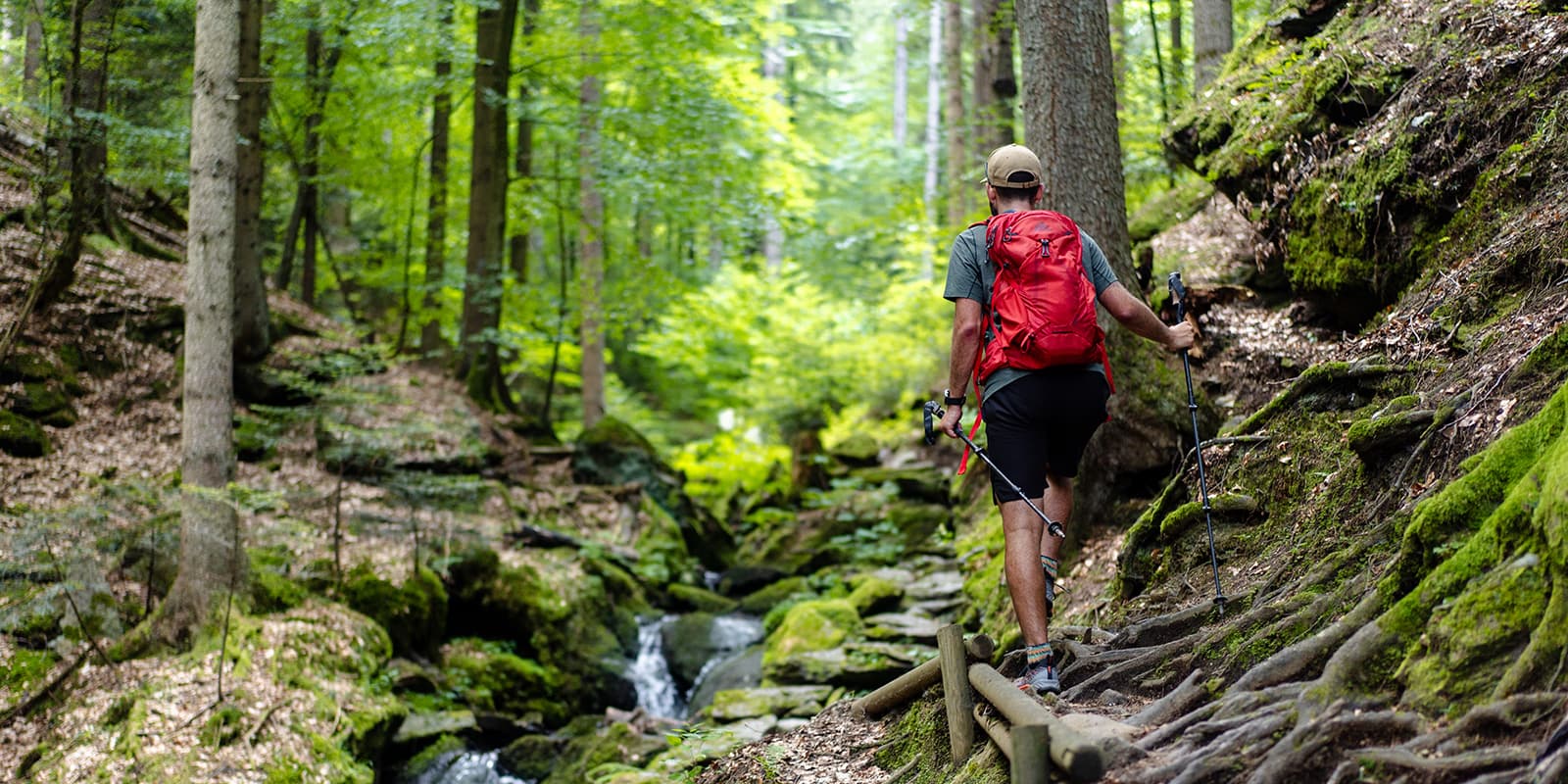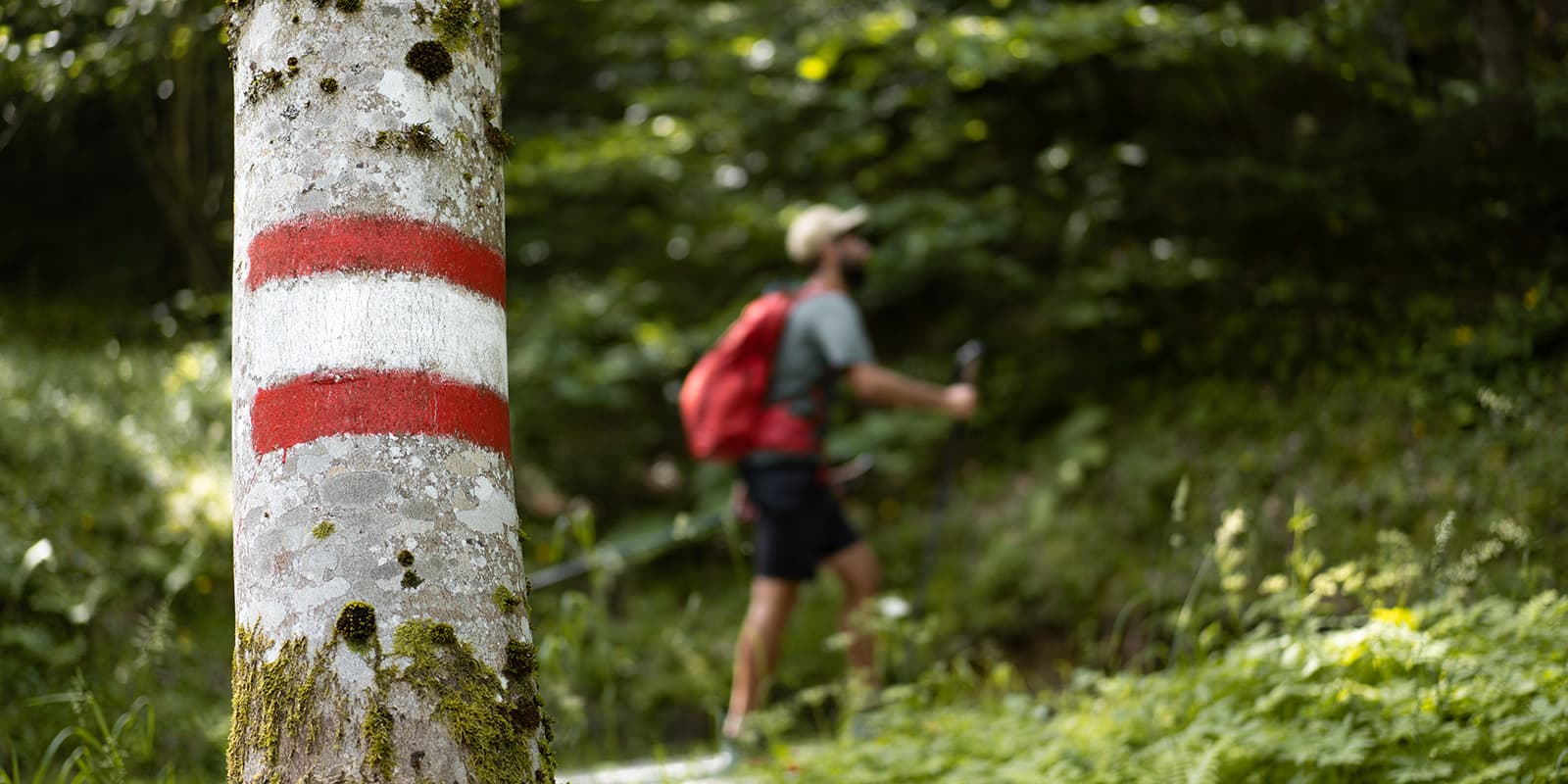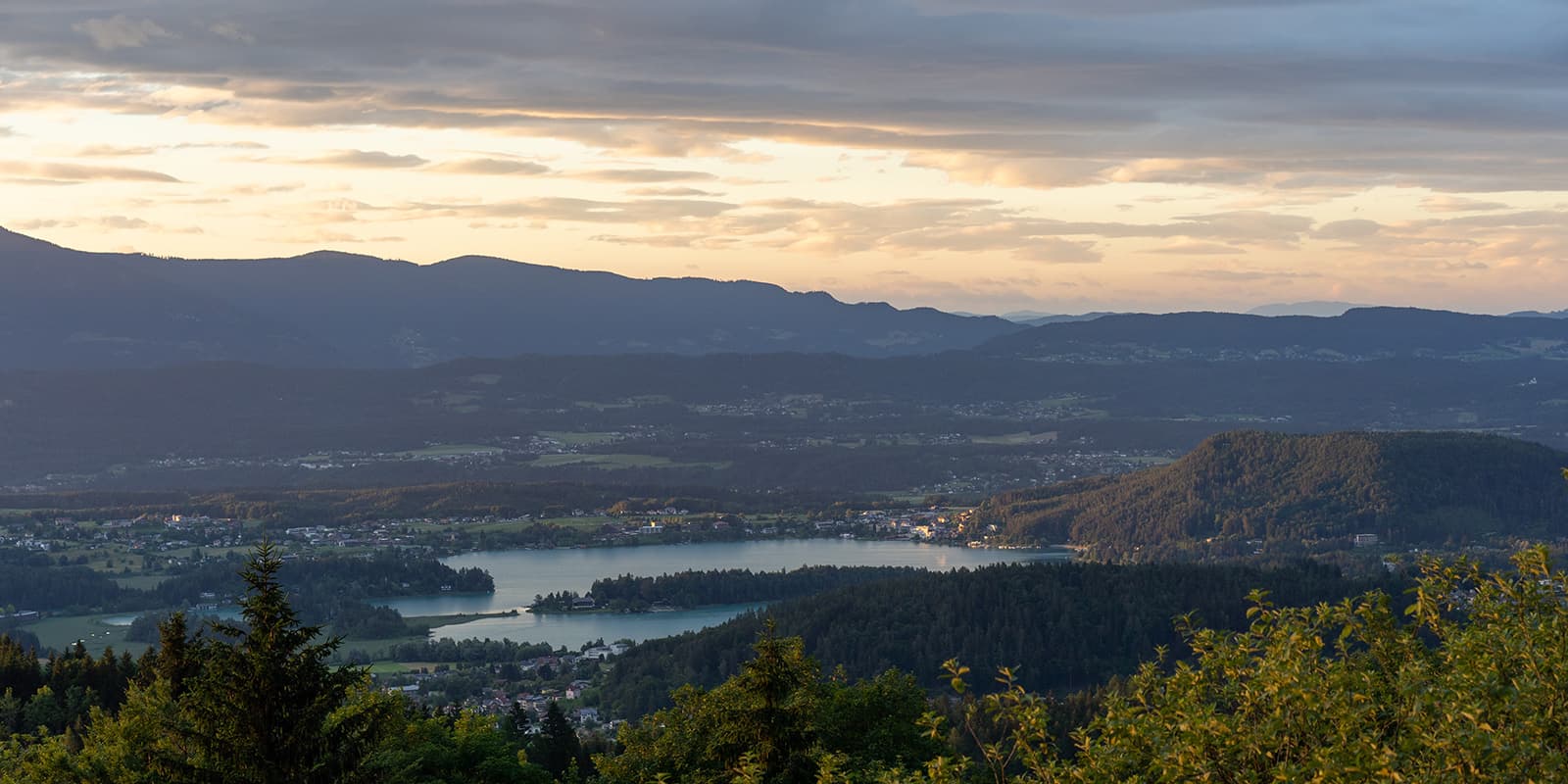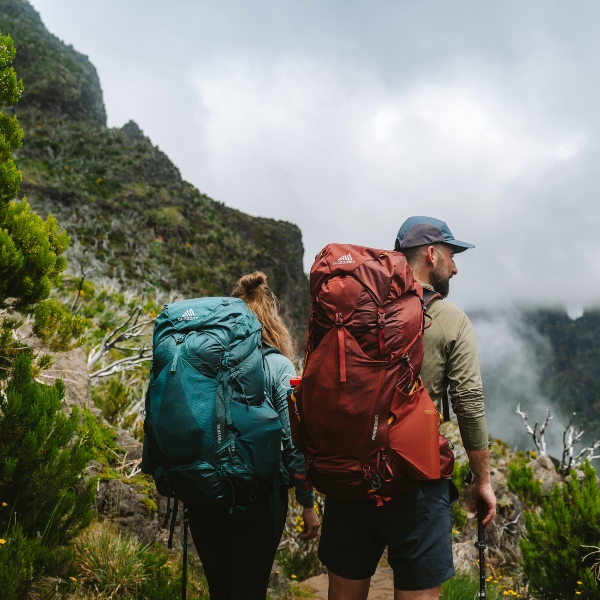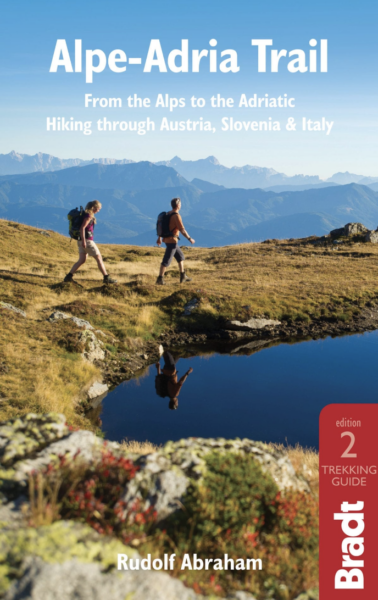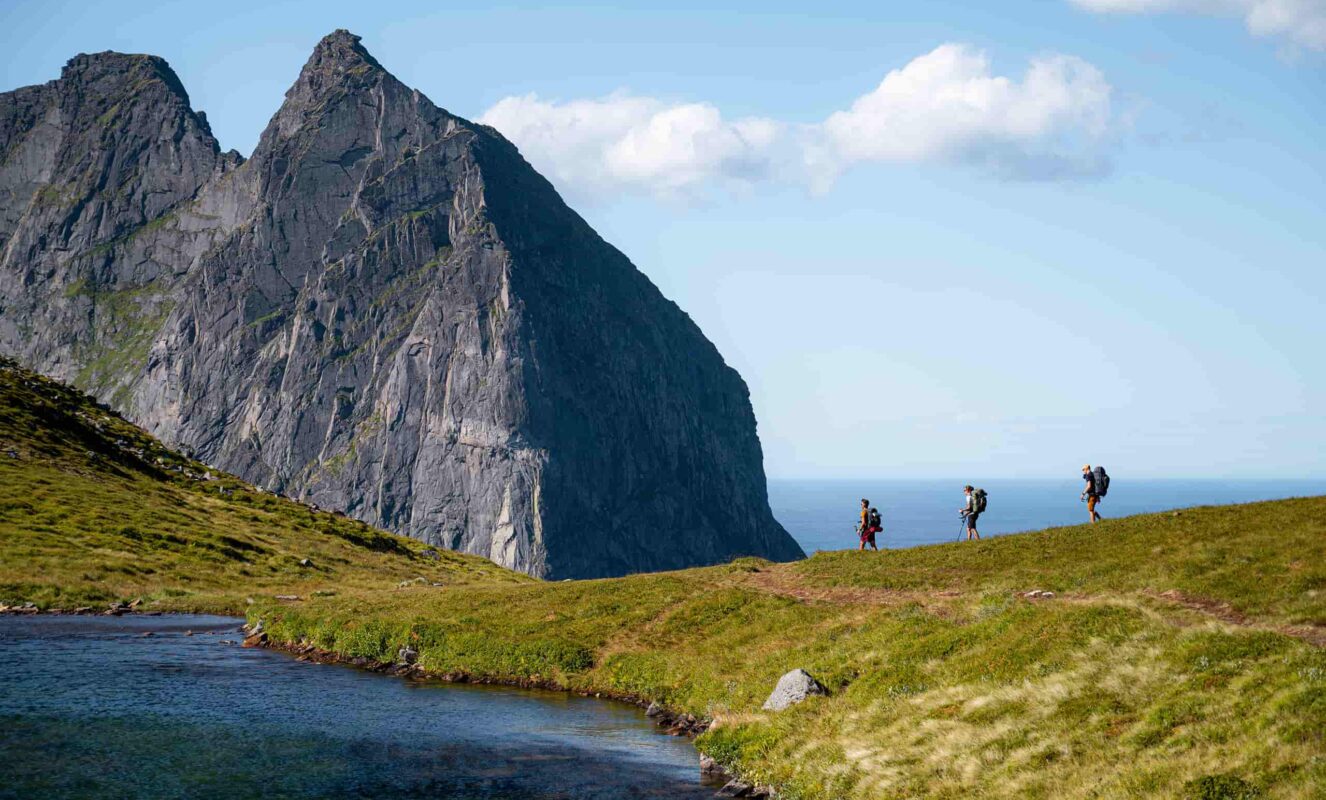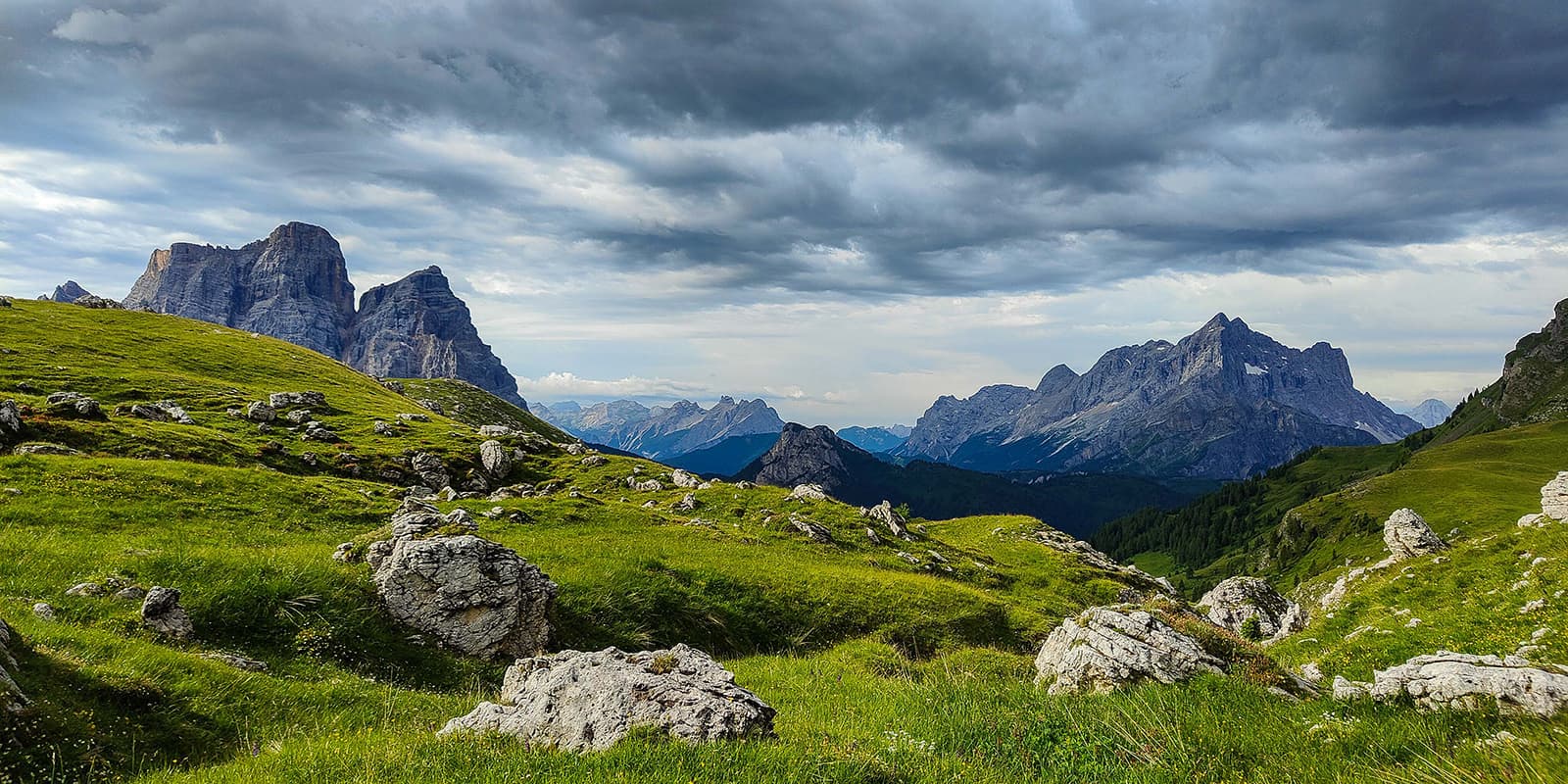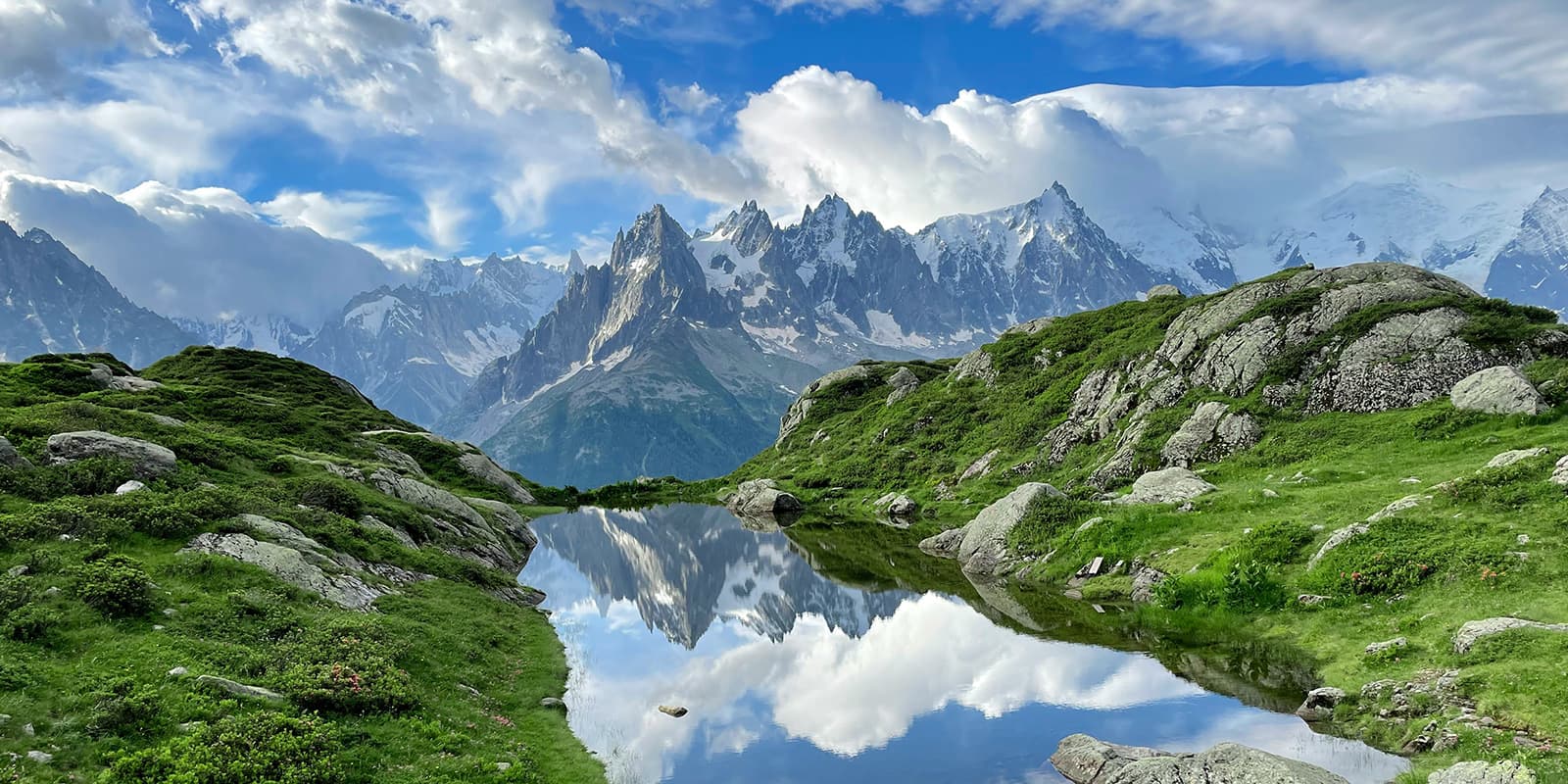The Alpe Adria Trail extends across Austria, Slovenia, and Italy, starting at Austria’s highest peak, the Grossglockner, and ending at the Adriatic Sea in Muggia near Trieste, Italy. The trail is about 750 kilometers, divided into 43 stages. Each section is a unique view into these regions’ landscapes, cultures, and histories.
The trail is a relatively new hiking route, officially opened in 2012. It was conceived as a way to connect three distinct regions and follow ancient paths and trade routes that locals have used for generations. This is the perfect trail for a first-time long-distance hike. You’ll enjoy the mountains without it getting too technical, as well as have glacial and coastal environments all within one trek! The paths are wide tracks and sometimes 4×4, and even in the trickier sections like Triglav National Park, you won’t hike in exposed areas.




